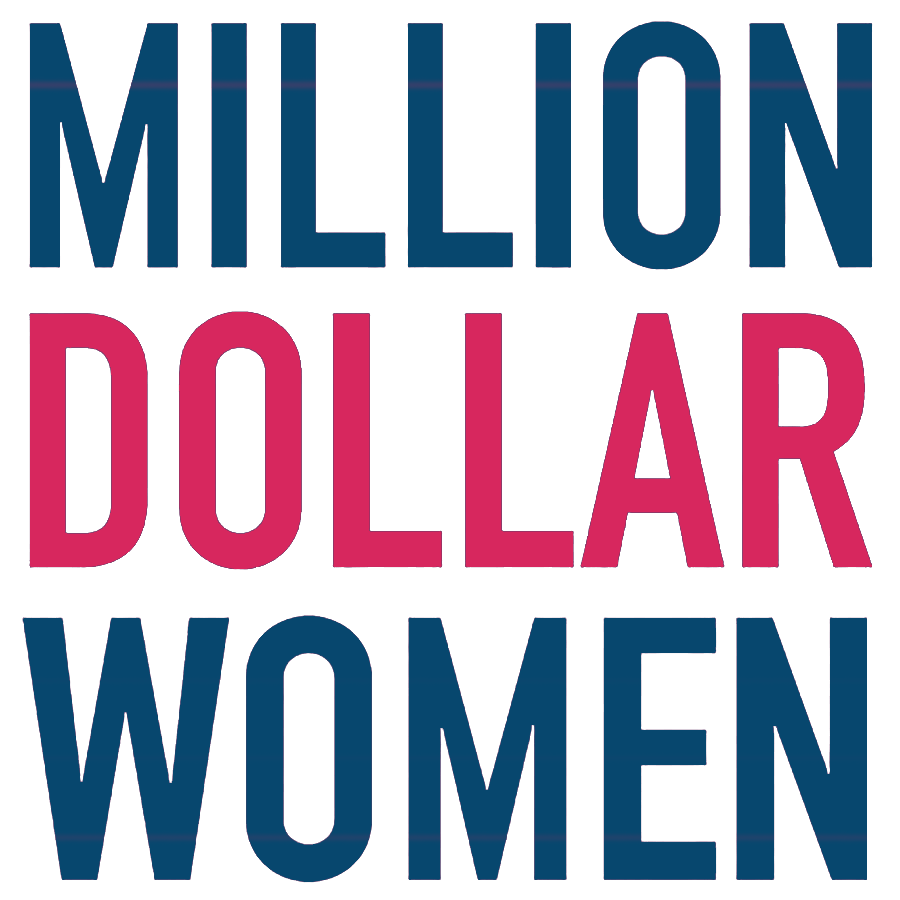In the Wake of She-Cession: A Tidal Wave of Female Founders
The economic downturn of 2008 is sometimes called a “he-session” because job losses mainly affected industries that were traditionally male, like construction and finance. Now we are in what the media is calling a “she-cession” because of how job losses have disproportionally affected women. According to a recent article in Forbes, women lost an alarming net 156,000 jobs in December 2020, according to data from the Bureau of Labor Statistics (BLS). Meanwhile, men gained 16,000 jobs. In other words, women accounted for 100% of the labor market’s first month of losses for 2021.
With so many jobs disappearing, we will see a tidal wave of women becoming entrepreneurs. The same BLS report found the unemployment rate for women is 6.3% and among black women, the rate jumps to 8.4%, and for Latinx, 9.1%. Sectors that lost the most jobs to the pandemic (restaurants, retail, and hospitality) are highly represented by women and women of color in particular. In addition to the decrease in demand in those sectors, many women have left their jobs to assume caretaking roles for their families and overseeing young children attending school online.
Many of the women who now find themselves unemployed are in their 40s, 50s, and 60s—an age when, even if they want to get back in the workforce, they face a perfect storm of ageism, sexism and racism.
Many will choose to start their own businesses, known as “entrepreneurs by necessity.”
Even before the pandemic and "she-cession", women were starting millions of businesses each year, but very few of those businesses were going big. Fewer than 3% of women entrepreneurs ever reach $1 million in revenues, and fewer than 1% women of color. In the wake of the global pandemic, these statistics will only get worse, which is why we need to invest in women now so they can succeed with their businesses -- we need to invest in mentorship, training and with capital, because it's the right thing to do and for the sake of our country's economic recovery.
According to a report by McKinsey & Company and LeanIn.org about COVID-19 and women in the workforce, 1 in 4 women is considering leaving the workforce or downshifting their careers due to COVID-19. The study goes on to make a dire prediction: this mass exit of women from the corporate workplace would “wipe out all of the hard-earned gains we've seen for women in management—and unwind years of progress toward gender diversity.”
In the small business world, the she-cession means millions of women needing to rebuild their businesses and make up for lost income during the pandemic. Many women who left corporate America will be starting businesses. In a 2018 survey by SCORE of over 20,000 small businesses, 19.2% of women aged 45-54 started a business because they lost a job or needed additional income. For women aged 55-64, it was 19.8%. These numbers will continue to rise.
Before the pandemic, there were close to 13 million women-owned businesses in the U.S. We don’t yet know how many of the thousands of businesses that shut down will reopen—but we do know that thousands more will be launched.
How can we help women grow their businesses and create a reliable source of income for themselves, their families and their employees?
Fortunately, there has been an explosion of women’s organizations supporting entrepreneurship in the last few years, including Ellevate, The Cru, Dreamers & Doers, Luminary, The Fourth Floor and the social venture I founded, Million Dollar Women, which is helping one million women reach $1M in revenues through our online business programs and summits. The same 2018 SCORE survey I cited before found that entrepreneurs with a mentor are five times more likely to succeed in business, and 87% are still in business after one year, compared to 75% of those who don’t have a mentor.
At a time when many jobs have been permanently wiped out by the pandemic, women entrepreneurs are indispensable to our economic recovery. We can’t let the setbacks of COVID-19 deter their growth. When one million women reach one million in revenues, we will add $1.6 trillion to the GDP and create more than five million much-needed new jobs. If we want this to happen, we need to make more business training, mentorship, and capital available for women entrepreneurs. It will be an investment that will pay off for decades to come and will allow many women to become million dollar women. Then they will pay it forward, as we see women in our community doing every day, so they can help the next generation of entrepreneurs create profitable, scalable businesses as well. Let’s continue to help this virtuous cycle take place, and stave off the dire predictions about losing a decade of progress. The pandemic descended upon us, but how we come out of it is up to us.
Here are three ways you can help women entrepreneurs right now:
Proactively buy from women-owned businesses (and then post to social media with their handle so others can do the same)
Mentor and invest capital in women entrepreneurs.
Donate to organizations that support women entrepreneurs. Consider contributing to the Million Dollar Women Fund, which provides scholarships to women of color entrepreneurs making under $50,000. We provide access to business coaching, mentorship, and capital.
Sources:
Forbes: American Women Lost More Than 5 Million Jobs in 2020
BLS.gov: Current Unemployment Statistics Highlights
SCORE: How and Why Women Start Businesses
USA Today: ‘It’s never too late’: Entrepreneurial spirit drives older women
